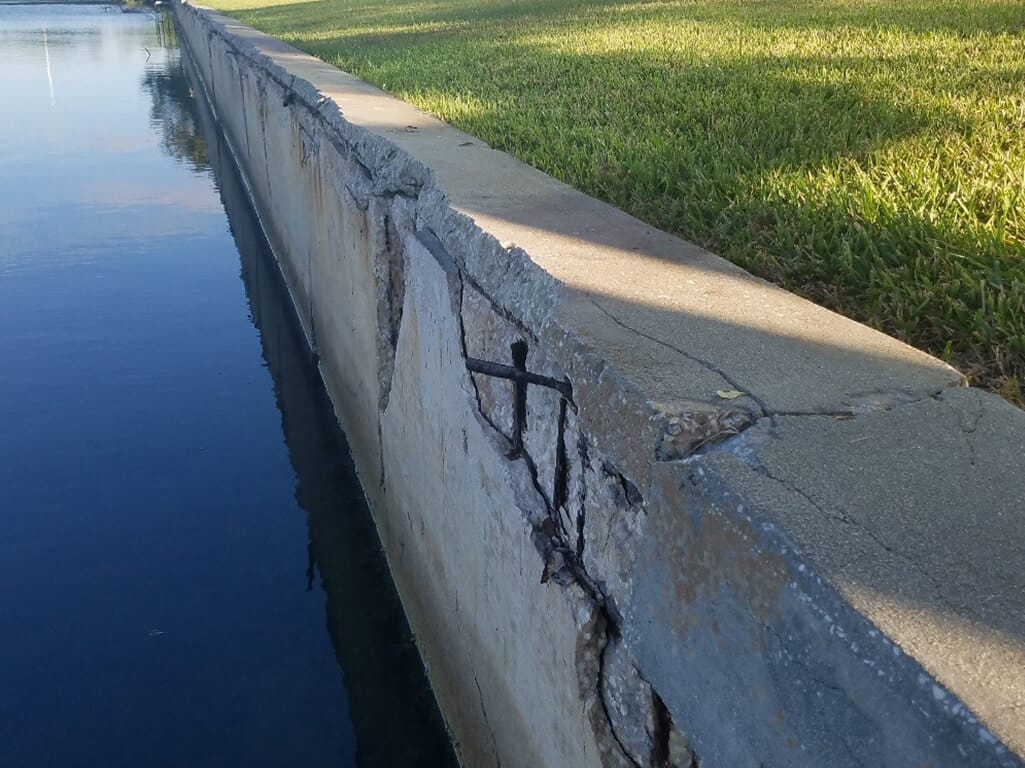When it comes to preserving your coastal property and defending against erosion, making the right choice for seawall repair is paramount. Traditional methods have long been the norm, but now, innovative alternatives like foam injection technology are changing the game. In this blog, we’ll explore the key differences between foam and traditional seawall repair, helping you make an informed choice for your property.
Traditional Seawall Repair: The Old Standard
Strengths
Proven Method: Traditional seawall repair methods, such as using concrete or steel, have a long history of use and are well-understood.
Durability: Traditional materials are known for their strength and longevity, providing solid protection against coastal erosion.
Weaknesses
Complex Installation: Traditional seawall repair can be time-consuming and disruptive, often requiring heavy machinery and extended construction periods.
Maintenance: Over time, traditional materials can deteriorate and may require costly and labor-intensive maintenance.
Foam Seawall Repair: The New Frontier
Strengths
Minimal Disruption: Foam injection technology is less invasive, requiring smaller equipment and shorter repair times, minimizing disruption to your property.
Lightweight and Versatile: Foam is lightweight, which reduces stress on the structure and can adapt to shifting soil, making it a flexible choice.
Eco-Friendly: Many foam materials are environmentally friendly and don’t harm marine life or water quality.
Weaknesses
Limited Longevity: While foam is durable, it may not last as long as traditional materials and periodic maintenance may be needed.
Cost Considerations: Initial costs can vary, so it’s essential to weigh the long-term benefits against the upfront investment.
Making Your Choice
To make an informed choice between foam and traditional seawall repair, consider the following factors:
Property Needs: Assess the specific needs of your coastal property, including the extent of erosion and the expected lifespan of the repair.
Budget: Determine your budget, factoring in both initial costs and long-term maintenance expenses.
Environmental Impact: Consider the ecological impact of your choice, especially if your property is located in sensitive coastal areas.
Timeline: Evaluate how quickly you need the repairs completed and how much disruption you can tolerate.
Ultimately, the decision between foam and traditional seawall repair should align with your property’s unique requirements and your long-term vision. Consulting with a knowledgeable seawall repair professional can help you navigate the options and select the best solution for safeguarding your coastal investment.
In conclusion, the choice between foam and traditional seawall repair methods comes down to a balance between durability, cost, environmental considerations, and your specific property needs. By understanding the strengths and weaknesses of each approach, you can make an informed decision that will help protect your coastal property for years to come.
Contact Pinnacle Concrete today for expert assessment, precision repairs, and seamless solutions. Elevate your workspace and guarantee uninterrupted productivity—schedule your consultation now!

